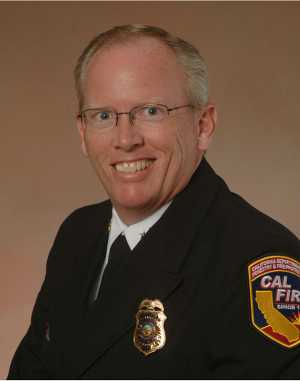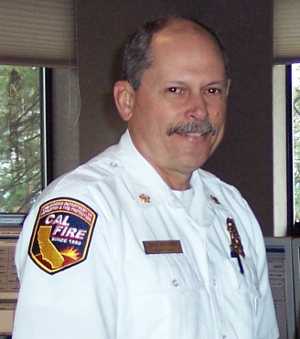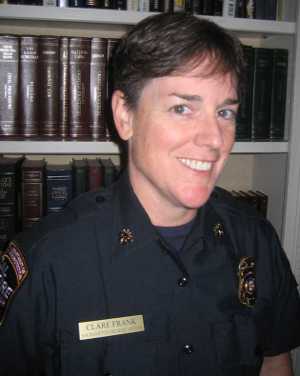- Dennis Fordham
- Posted On
Estate planning: Temporary estate tax relief enacted
Let us examine the changes to the estate and gift tax laws. First, let’s look at the estate tax.
For persons dying in 2010, the decedent’s executor has a choice to make: Either elect to follow the existing temporary repeal of the estate tax in 2010 (per 2001 legislation) or else accept the new estate tax relief for years 2011 and 2012.
The new temporary law provides a $5,000,000 estate tax exemption (threshold), which is much higher than the $3,500,000 allowed in 2009. In addition, the estate tax rate is lowered from 45 to 35 percent of the taxable estate.
Accordingly, in 2010 through 2012, persons dying with estates valued at under $5,000,000 that pass to someone other than a spouse are not subject to estate tax, and unlimited amounts may be gifted to one’s surviving spouse.
Estates transferring more than $5 million to persons other than a surviving spouse pay an estate tax equal to 35 percent of the amount over the $ 5 million exemption threshold amount.
Remarkably, in 2010, decedents can completely escape paying any estate tax whatsoever, no matter how large their estate.
There is, however, an income tax drawback created by the complete repeal of estate tax in 2010.
The drawback, associated with the 2010 repeal of the estate tax, is that only $1.3 million of total appreciation for all appreciated assets combined can be eliminated; whereas before 2010, all taxable appreciation was eliminated for income tax purposes by the so-called “step-up” in basis to date of death values due to the existence of the estate tax.
This “stepped-up” basis has been very beneficial for all American families, even if no estate tax was paid.
But in 2010, assets may keep the decedent’s “cost basis” and receive an upward adjustment to such cost basis – not exceeding its date of death appraised value – provided that the total upward basis adjustments for all appreciated assets do not exceed $1.3 million collectively.
Thus, for wealthy persons dying in 2010 that elect 2010 treatment, if an appreciated asset’s basis is not fully adjusted upward, to its date of death fair market value, taxable capital gains may be recognized for income tax purposes, if and when the appreciated asset is later sold for a price exceeding its basis.
Such capital gains will then have to be paid, either by the trustee/executor or by the beneficiary, depending on who sells the asset.
Given that most estates are under $5 million in net worth, the executor will prefer to follow the 2011 estate tax regime in order to receive a full step-up in basis to date of death values.
In some limited cases, for estates between $5 million and $7 million, the executor may still elect to follow the 2011 estate tax regime in order to get the full step-up in basis, so long as less estate tax is paid than would otherwise be payable in income tax associated with capital gains on appreciated assets (where total appreciation well exceeds $1.3 million).
Now, let’s turn to the gift tax.
In 2010, a person’s lifetime gift tax exemption is $1 million. This means that an individual can make $1 million – and a couple $2 million – in otherwise taxable gifts during his or her lifetime.
But in 2011 and 2012, that exemption dramatically increases to $5,000,000. Recipients of gifts, however, do not get a step-up in basis; they keep the donor’s basis.
After 2012, we are back to the same dilemma faced now. That is, the estate and gift tax law returns to its 2001 tax rates and $1 million individual threshold.
It is entirely possible that a permanent fix will elude us even as we approach 2012.
Dennis A. Fordham, attorney (LL.M. tax studies), is a State Bar Certified Specialist in Estate Planning, Probate and Trust Law. His office is at 55 First St., Lakeport, California. Dennis can be reached by e-mail at This email address is being protected from spambots. You need JavaScript enabled to view it. or by phone at 707-263-3235.
Follow Lake County News on Twitter at http://twitter.com/LakeCoNews , on Facebook at http://www.facebook.com/pages/Lake-County-News/143156775604?ref=mf and on YouTube at http://www.youtube.com/user/LakeCoNews .

 How to resolve AdBlock issue?
How to resolve AdBlock issue? 












